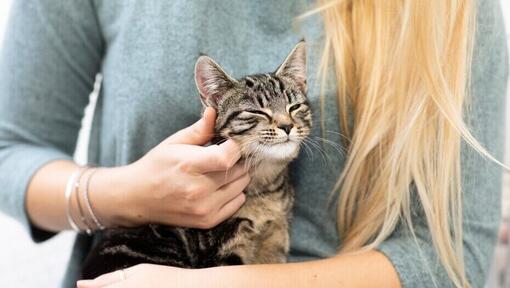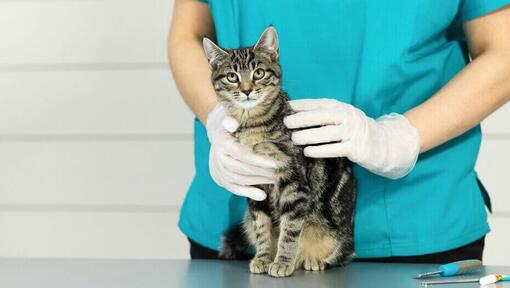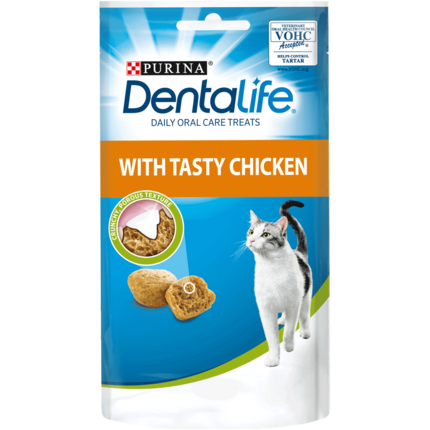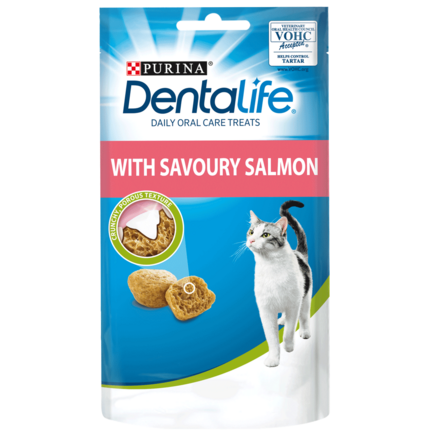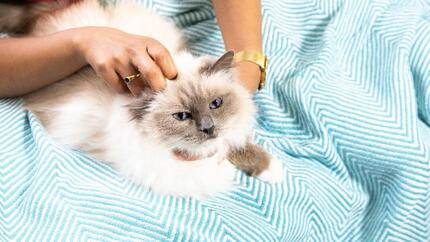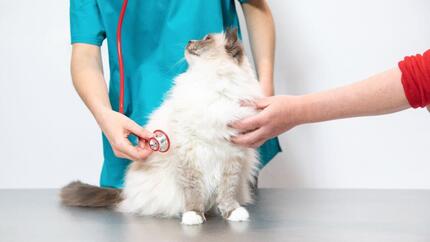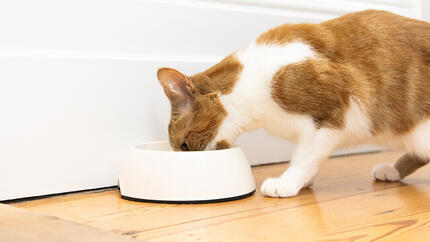Kidney Problems in Cats: Causes and Treatments


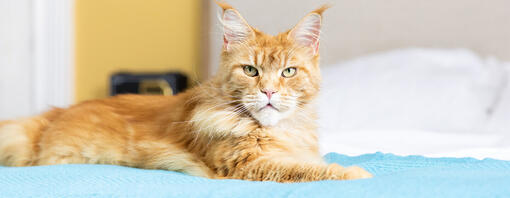
Cats' kidneys play several important roles in keeping your pet healthy including removing toxins, maintaining their blood pressure and helping to produce hormones for new red blood cells.
With so much to do, it’s perhaps not surprising that as cats get older, it’s quite common for their kidneys to wear out after working so hard. There are a number of causes for kidney failure, from cat kidney diseases to tumours, and these problems can be acute or chronic.
Acute kidney failure in cats
If your cat has acute kidney failure, it means that their kidneys are suddenly unable to function properly – this can be due to causes such as infection, and sometimes because your cat’s eaten something dangerous to them, such as antifreeze. Acute kidney damage in cats can either be permanent or reversible, depending on what the cause is, and how quickly it is addressed.
Chronic kidney disease in cats
Chronic kidney disease in cats is more gradual, and usually develops over several months or even years. There are a number of reasons for chronic kidney disease in cats including inflammation, infections and tumours, and unfortunately by the time it’s diagnosed the kidney damage is sometimes irreversible.
In the early stages of kidney disease in cats the healthy areas of the kidney compensate for any damage by increasing their already busy workload. However, as the disease progresses, the healthy tissues start to shrink and eventually there simply aren’t enough remaining healthy tissues for the kidneys to be able to perform as they should. By this stage your cat is likely to be showing signs of kidney failure (see below for more information).
Chronic kidney disease in cats is a progressive illness that your vet will need to keep an eye on, but it can be supported with a combination of medical treatments and a special diet.
Signs of kidney disease in cats
Increased urination and drinking
As your cat's kidneys become less able to concentrate their urine, they will urinate more and drink more. They will lose more water from their body, and need to drink more to replace the lost fluids.
Poor appetite and lethargy
Because the toxins that would normally pass in their pee build up in cats with kidney disease, they may feel nauseous and vomit, retch or go off their food. This can also makes them seem tired and generally not very happy, and you might notice bad breath.
Do be careful before you diagnose kidney disease, as these same symptoms could also be connected to other illnesses, so see your vet for a proper diagnosis and for advice on treatment of kidney disease.
Cat kidney disease diagnosis by your vet
As part of their investigation to see if your cat has kidney disease, your vet may want to test a sample of your cats pee - this will show if your cat’s urine is being concentrated enough, whether protein is being lost in the urine and whether there are any other problems such as underlying infections to take into account. They may also do a blood test to gain a full health profile of your cat and to see if the toxin build up has had any effect on other organs.
Taking a cat urine sample
The best time to take a urine sample is first thing in the morning. You’ll need to keep your cat indoors and, as always, provide them with a clean bowl of fresh water. Replace your normal litter with a non-absorbent litter (your vet may be able to supply this) or any other non-absorbent material, like polystyrene packing shapes.
Your cat can use their litter tray as normal and you can then collect their pee either in a sterile container provided by your vet, or a clean jam jar (any residue can affect the results, so do make sure the container is very clean).
The fresher the sample, the more accurate the tests will be, so try not to delay in getting the cat urine sample to your vet.
Treatment of chronic kidney disease in cats
Depending on how severe your cat’s symptoms are, treatment for cats with kidney disease is usually a mix of medical and dietary management.
Cat kidney medication
There unfortunately is no medication that can cure kidney disease. However your vet may be able to prescribe medication to help with associated conditions that cats with kidney failure may develop, such as high blood pressure and anaemia.
Kidney diet for cats
A special diet can help support chronic kidney disease, also called chronic renal insufficiency. Your vet may suggest a carefully tailored prescription diet that has been formulated to meet your cat's specific needs. You can be confident that your cat will benefit from a diet that provides optimum nutrition whilst also helping support their kidney function.
Some cats might take a while to adapt to a new kidney food, as it is likely to be lower in protein than their usual food. You can help by changing to the new food very, very gradually, even over a period of 3 - 4 weeks. Think of it as a long-term change, so don't give up if it takes a while. Even if your cat turns their nose up at first, which is quite likely given their sense of taste is 200,000 times more sensitive than yours, it’s important to persevere for your cat’s sake – they will come around in the end.
When feeding cats with kidney disease, introduce their new diet very gradually so they can slowly adapt to the new flavours and possibly different texture. Unless your vet says otherwise, blend the new diet thoroughly into your cat’s original diet.
Increase the quantity of the new diet by very small amounts every day while, at the same time, reducing the amount of their original diet. You might find that the quantities differ from your old food to the new cat food, so check the packaging or ask your vet’s advice about portion sizes.
While your cat’s getting used to their new regime they may prefer smaller meals more regularly rather than one or two larger meals. You’ll need to avoid giving them treats when they’re on their special cat diet, so more regular feeding might help.
You can also try to make their new cat diet more palatable by warming wet food in a microwave (never hot, warm to room/body temperature) to release aromas and soften its texture. If your cat's new diet is dry and they’re used to wet food, try soaking it briefly in tepid water to soften it slightly.
The changeover process can take anything from two to six weeks to complete, but it’s worth all the effort to help keep your cat as well as possible.
Explore our cat brands:
More articles by Pro Plan Vet Diets


